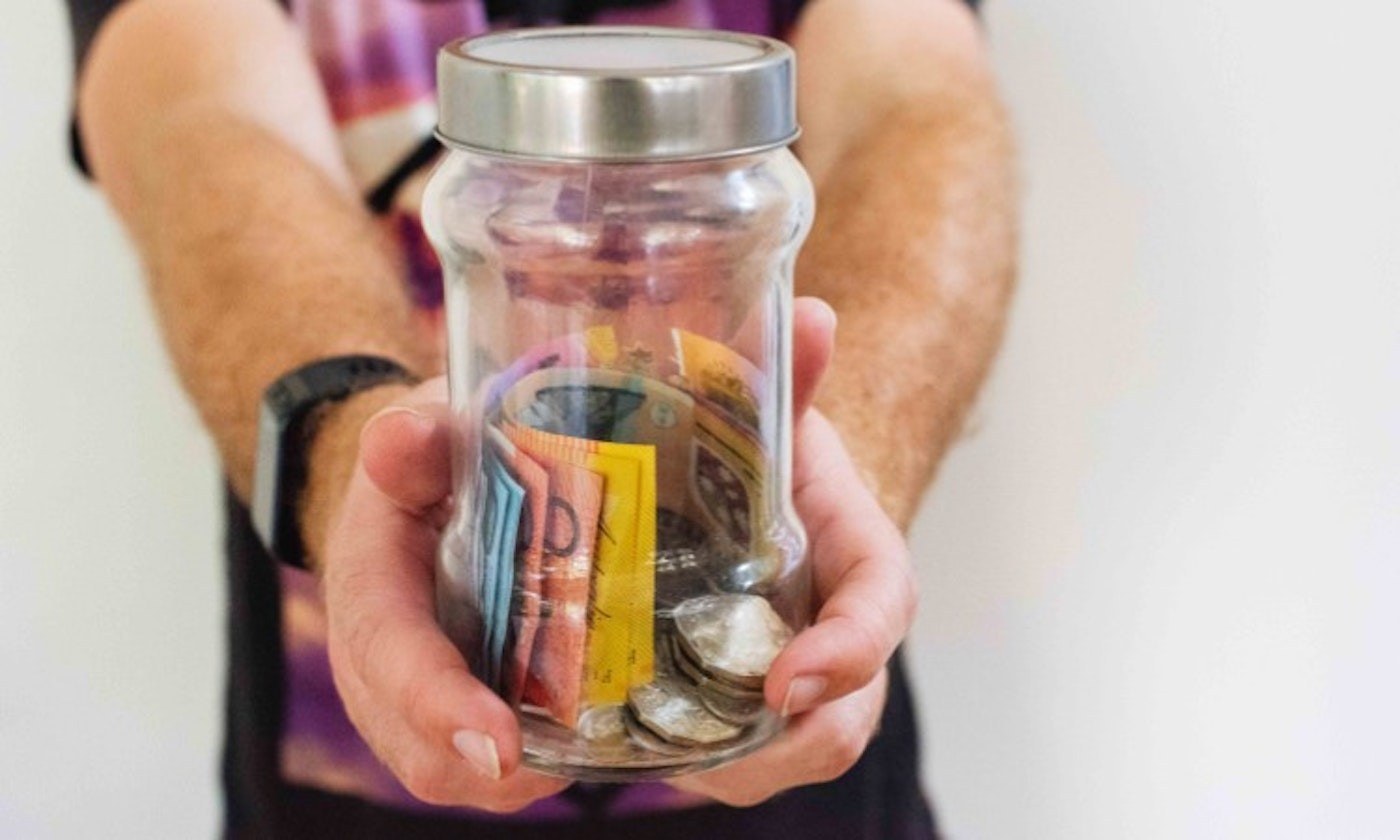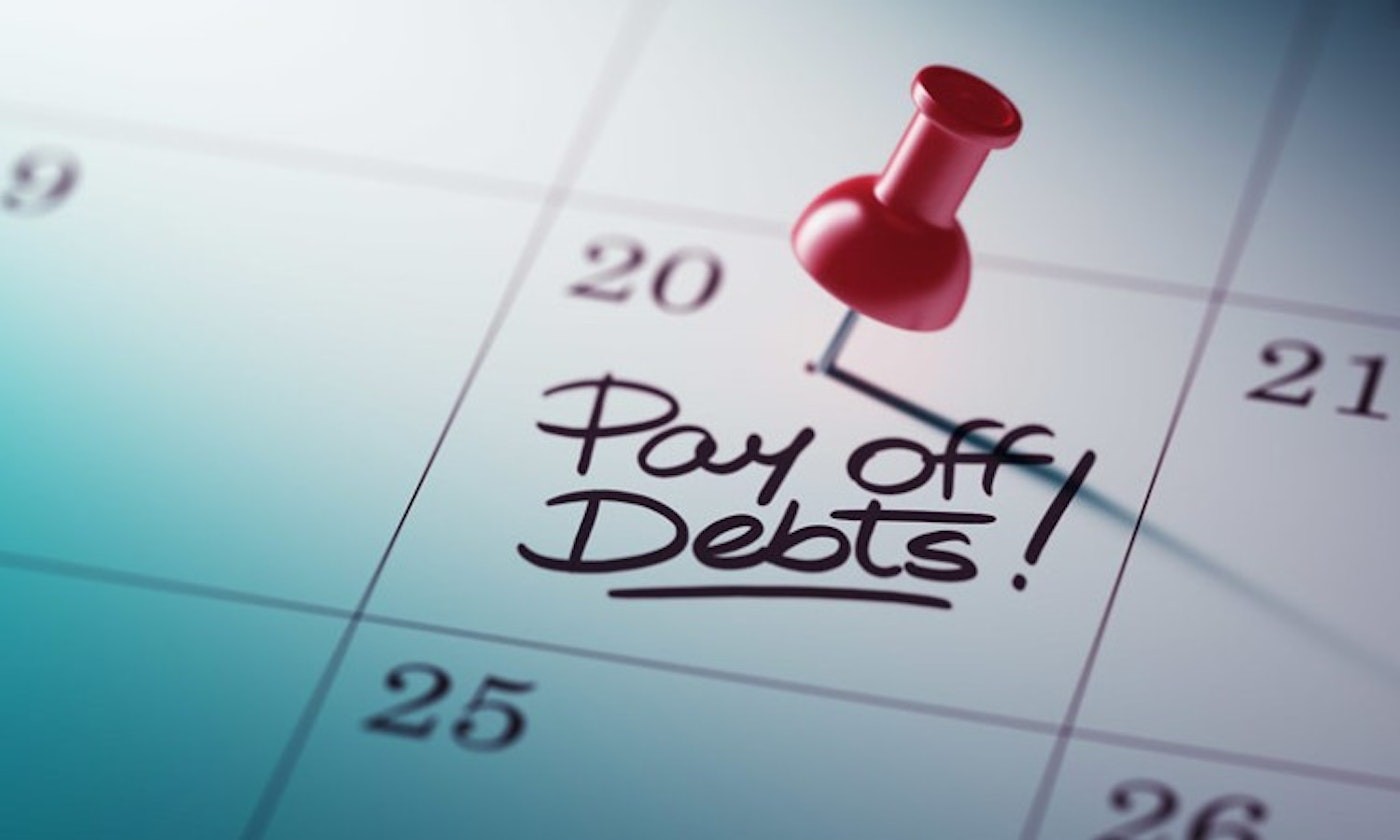How To Refinance A Personal Loan: A Quick Guide

When you need money, you need money and getting a personal loan makes a lot of sense. However, sometimes in the heat of the moment of desperation and panic, we make some poor choices.
One such choice could be entering into a new loan without doing much research. If you were to look now and compare your loan against other loans, you might find that you aren’t getting the best deal around town.
In this article, we will discuss a few reasons for this and also talk more about how to refinance personal loans to save money in the long run.
Let’s get into it.
But first, what does it mean to personal loan refinance?
Before we get into the details of how to refinance a personal loan, let’s focus on what personal loan refinancing actually is.
It’s a very simple and effective way of saving money and reducing debts by taking out a new personal loan to repay existing loans or multiple debts. It can be considered a form of debt consolidation.
However, the main objective is finding a new loan that offers better interest and repayment options. This means you have the potential to save money not only on a monthly basis but also overall.
You should consider personal loan refinancing if…
You’d like to consolidate multiple debts and outstanding balances
If you’ve got multiple debts and/or an outstanding balance owed to a previous lender, that likely means you’re juggling multiple monthly repayments and ongoing fees - which can quickly become exhausting. In addition, traditional banks or credit unions likely have their own interest rates, and some might be higher than others.
This is where refinancing your personal loan to negotiate less interest or a more flexible repayment frequency with your loan provider can prove to be very profitable. Let’s say you explore your refinance options and secure a better deal that allows you to pay off all existing debts in one monthly payment - you’re very likely to save money (and a whole lot of headaches).

You need access to more money
You might find yourself in a position where you need more money, and the best way to do it is to get a new loan. This is a great opportunity to refinance your personal loan to instead consolidate your debt with a better personal loan while getting extra on top of your current financial situation.
There’s no harm in taking advantage of improved credit ratings you may have achieved by your debts, so think about how you can improve your overall situation in the process.
You can stay with the same lender and discuss altering your loan terms, or you can pay off your current personal loan with a new loan when you change your loan provider.
You are changing your loan
The main point of refinancing your personal loan is to get a better, new loan offer that has a lower interest rate, shorter loan term, fewer fees, and a better monthly payment amount. This frees up money in your monthly budget while also significantly reducing the admin your current loan is forcing you to undertake.
Here’s a brief step-by-step guide for refinancing a personal loan

Step one: Compare personal loans!
The first step in the process of how to refinance a personal loan is to compare personal loan options. There are so many institutions offering personal loans that it makes sense to truly dive deep into the options available. If you entered into a loan early without doing much research previously, likely, your current loan isn’t going to be as competitive as a new loan.
Driva allows you to compare 15 lenders to see what kind of personal loans work best for you.

Step two: Apply for your new personal loan
Once you find a loan that you believe is a better option for you and your financial needs, then it’s time to apply. Most application processes are simplistic, asking only the most important questions. You need to answer all the questions honestly and thoroughly.

Step three: Pay off any current loans
Once that money hits your account, start paying off all your current debts. These include loans, account payments, and other debts you might need to pay. The point is to consolidate your debts to have a singular debt and monthly payment. By paying off all your current loans, you can save money overall in short-term monthly payments and overall long-term payments.

Step four: Remember to close the old loan account(s)
Once you’ve paid off all your own accounts, it’s time to start closing the accounts. You don’t want to be tempted to use these old accounts or still pay monthly fees for dormant accounts. So once you’ve paid everything off, you need to cancel the accounts.

Step five: Cancel any automatic/regular payments
If you’ve paid back all existing loans and accounts, make sure you’ve cancelled recurring payments to these accounts. You don’t want money deducted at month's end for accounts you’re looking to close.
A few tips on comparing loans to help secure a better deal
Here are a few tips for when you’re comparing loans:

Be mindful of application fees, establishment fees and exit fees!
Don’t just look at interest rates and monthly fees. You also need to consider the general monthly fees attached to the loan, such as the application fees, establishment fees, service fees, ongoing account fees, and exit fees.
Variable interest rate VS fixed rate loan
You want to be extremely careful when it comes to this aspect of new loans. Understand that while an interest rate might look amazing, it’s less amazing when it’s a variable interest rate.
Why?
Because these interest rates can fluctuate, meaning, one minute, they’re great, and the next, they’re not so great. Fixed-rate loans are just that: fixed. What you are told is your monthly repayment and overall repayment at a certain interest rate is what it is for the duration of the loan. There is no change.
However, both have downsides. Fixed-rate loans aren’t as flexible with repayment terms and have fewer features attached. Variable interest rates, as stated, have varying interest rates at any given time.
Secured loan VS unsecured loan
A secured loan requires you to put up an asset as collateral. This can be anything worth a similar value to your loan amount, such as a car or home. An unsecured loan is just that, unsecured on the part of the lender. You get to pay back the loan without having to put up an asset. The difference between these two loans is that the interest rate on unsecured loans is higher as there’s no guarantee you’ll pay it back.
Unsure? Always seek advice from an expert!
If any of this means you’re not 100% sure how to refinance a personal loan or which direction you should be taking, then you should ask an expert. With an expert, you can make the best decisions as they pertain to you. So, consider asking for help if you believe it’s necessary.
Refinance your personal loan today!
Now you know why and understand how to refinance a personal loan, it’s time to refinance your personal loan.
With Driva, you can get access to several lenders, each offering something different. With these options, you can find one that works best for you and your financial needs. So, take a look at Driva’s personal loan options and apply now to save yourself some money! Or discover how much you could save with our Personal Loan Calculator today.
FAQs
How often can you refinance a personal loan?
There’s no limit on how often you can refinance your personal loan. However, it’s important to understand that it doesn’t mean it’s guaranteed. Lenders can reject your application for a personal loan. Additionally, you need to be careful, considering that the more loan applications you have, the worse your credit score can become.
Does refinancing personal loans affect your credit score?
Yes, it does. The reason is that every time you ask for a personal loan, you’re putting another mark on your credit score and eventually, you look like a high-profile borrower. In the long term, this means you may end up paying higher interest rates than you did before because your credit score is no longer as good as it was beforehand.
Can you refinance an existing loan with bad credit?
While it’s not impossible, it’s considerably more difficult. You need to understand that bad credit means you’re going to face higher barriers. However, there are such things as bad credit loans designed to get you out of poor financial situations. The rates for these loans are awful in comparison to someone who gets a loan while having good credit.
How else can you pay off your personal loan?
If you’re not interested in understanding how to refinance a personal loan or doing it at all, then you’re not alone. Some people would rather seek other ways to pay off personal loans, and there are options.
For example, you’re able to continue paying the loan as stated when you got the loan. Another option is to discuss different payment plans with the borrower, such as paying what you can instead of what your current monthly rate is. The last option, which isn’t one we recommend, is a short-term loan to cover you for a month. These have the worst interest rates and are not worth it, in our opinion.


.png)







